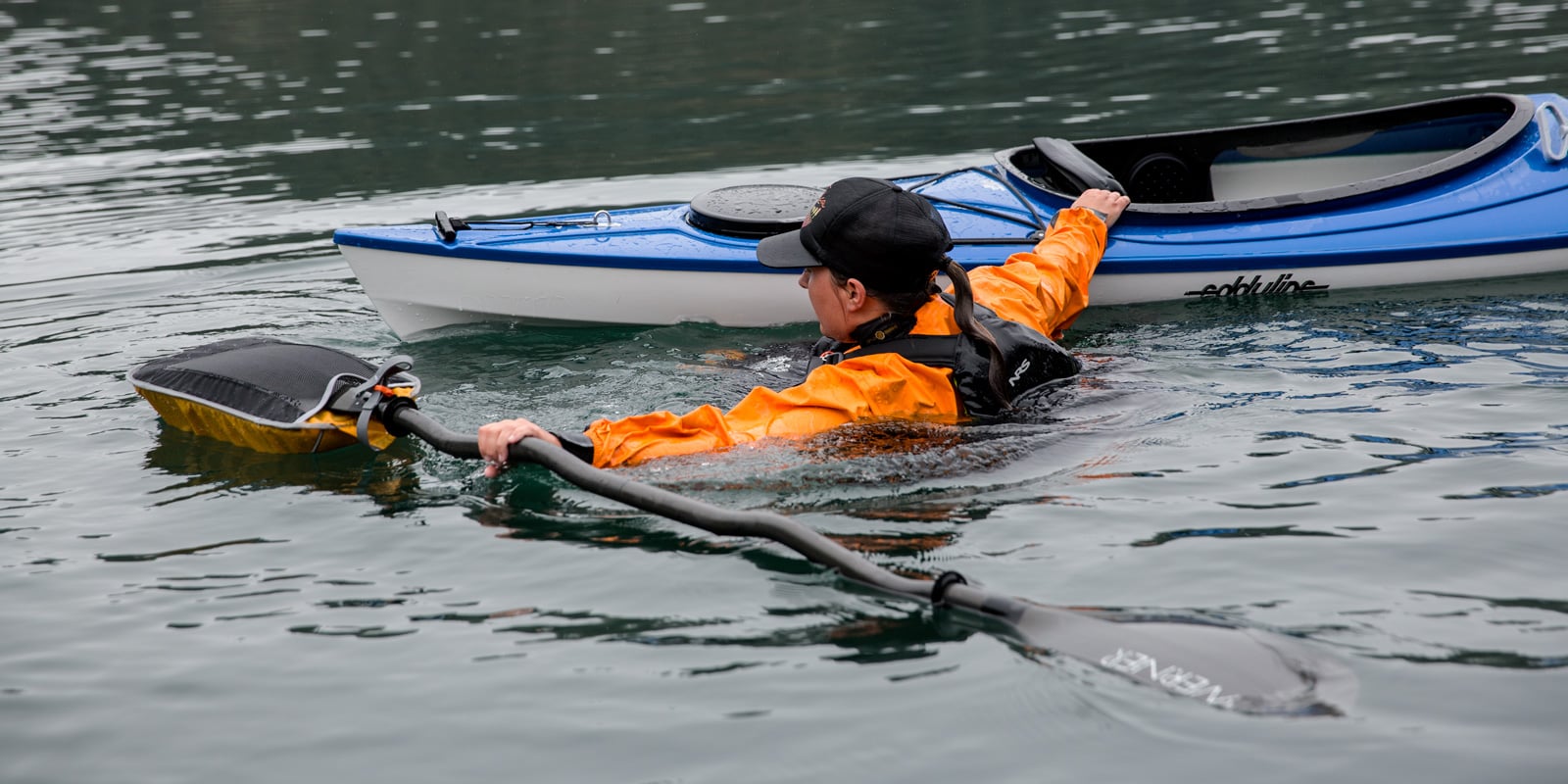
- Alabama
- Alaska
- Arizona
- Arkansas
- California
- Colorado
- Connecticut
- Delaware
- Florida
- Georgia
- Hawaii
- Idaho
- Illinois
- Indiana
- Iowa
- Kansas
- Kentucky
- Louisiana
- Maine
- Maryland
- Massachusetts
- Michigan
- Minnesota
- Mississippi
- Missouri
- Montana
- Nebraska
- Nevada
- New Hampshire
- New Jersey
- New Mexico
- New York
- North Carolina
- North Dakota
- Ohio
- Oklahoma
- Oregon
- Pennsylvania
- Rhode Island
- South Carolina
- South Dakota
- Tennessee
- Texas
- Utah
- Vermont
- Virginia
- Washington
- West Virginia
- Wisconsin
- Wyoming
The Battle of Kayaks: Inflatable vs. Solid
inflatable-vs-hard-shell-kayaks
It's a lot of fun paddling a kayak across some more spectacular waterways. Whether floating through a meandering river, a quiet lake, or a sea filled with waves, there is so much natural beauty and animals to enjoy along with your path as you breathe fresh air. Paddling down a winding river is one of the best ways to experience this. Kayaking is not only an enjoyable pastime activity but also provides an excellent workout and has many other positive effects on one's health.
Many people interested in kayaking hire kayaks when they go to new places, while some kayakers own their boats. When you are finally ready to take the plunge and buy your boat, it might be challenging to decide whether you want an inflatable kayak or a Solid kayak because each has its advantages and disadvantages.
You needn't worry because we've covered you. To assist you in making the optimal purchase, we have provided answers to the most important questions that you may have had regarding kayaking. The following information will assist you in making an informed decision on the type of kayak that best suits your needs.
Let's get paddling!
Which Is Better: An Inflatable Or A Solid Kayak?
An Inflatable Or A Hardshell Kayak
What Are Kayaks Made Of?
Many different kinds of materials are used to make kayaks. Rigid kayaks, commonly called hardshell kayaks, can be made from various materials, including wood, plastic, fiberglass, and composite materials like Kevlar. The average weight of a hard shell kayak is about 55 pounds, making it one of the heaviest types of kayaks. On the other hand, an inflatable kayak is far more portable, weighing roughly 25 pounds on average, and is constructed out of synthetic rubber and plastic polymers.
Which One Is More Expensive: A Solid Boat Or An Inflatable Kayak?
Compared to a hardshell boat's cost, an inflatable kayak often has a more affordable price tag. As a result of its more robust design, inflatable kayaks have become increasingly more popular in recent years.
They are more robust because they are constructed with redundant air chambers, reducing the likelihood of your kayak developing tears or leaks while using it. The price of this heavy-duty construction is more than that of other inflatable boats available on the market because it is manufactured from more robust materials and is more resistant to wear and tear.
Because these resilient materials are resistant to puncture, it will be much more difficult for the boat to tear, as it frequently occurred in previous models of inflatable boats.
The prices of wood and fiberglass are significantly greater than those of synthetic rubber and other composite materials, which are utilized in the construction of inflatable kayaks, which contributes to the higher cost of hardshell kayaks. Repairs and upkeep on wooden models are also more expensive and must be done more frequently, resulting in increased costs overall.
Logistics Of Moving Goods And Storing
Regarding portability, an inflatable kayak has a significant advantage over a hardshell kayak because of its ability to be quickly inflated and deflated. If you have an inflatable kayak, transporting it from your house to the water won't require a roof rack like transporting a hardshell kayak would.
One advantage of its mobility is that just one person is required to get an inflatable kayak to the water. This is in contrast to a hardshell boat, which usually requires two or more persons to lift and carry it. A kayak can also be rolled up and stored in a very compact area when deflated; like an air mattress, it can be rolled up and stored in a very compact area when deflated. After it has been deflated, it may be stored and transported in a suitcase or a duffel bag. Compact inflatable kayaks fit inside a backpack, which is a fantastic benefit for hikers who want to take a kayak ride while hiking.
When going on a road trip, you can either put your inflatable kayak in the trunk of your car or lay it on the back seat of your vehicle. If you are on vacation, it is simple to put your kayak away in a closet after returning to your house or the hotel where you are staying.
However, before putting it away, you must ensure it is scorched. Owning an inflatable kayak offers several advantages, including mobility and storage simplicity.
Protection when On The Water
When kayaking or doing any other activity on the water, the safety of you and your passengers should be your top priority. This is true whether you have a passenger riding in a tandem boat with you or if you have a family member or a close friend riding and paddling beside you. And, because you will be sharing the water with other boats, it is essential to be familiar with the boating regulations, which is especially crucial if you start as a boater.
When it comes to your safety, the sort of kayak you choose needs to be constructed to endure the waves and currents you will be paddling through.
Hardshell kayaks used to be considered the safest option while paddling in rough waters such as river rapids; however, some inflatable kayaks can also be regarded as safe. In the last ten years, kayak developers have developed inflatable kayaks capable of navigating waterways classified as Class 3 and Class 4, which are known for their powerful currents. But keep in mind that not every inflatable kayak is designed to handle courses like these. If you were thinking, "Are inflatable kayaks safe?" the answer is yes, provided that you paddle in conditions that are within your control.
Because of this, it is essential to review the user's handbook of the inflatable kayak type you are considering purchasing to see whether or not it is approved for class 3 and class 4 seas.
If you do a lot of paddling in river rapids, this can be a significant element that will affect the kayak you buy. An untrained kayaker may believe that to navigate around rocks; you need a boat with a hard shell; however, experienced kayakers know that inflatable kayaks are designed to deflect and bounce off of rocks when they come into contact with them.
Which Type Of Kayak Can Carry A More Significant Load?
Which Type Of Kayak Can Carry A More Significant Load?
An inflatable kayak has a great capacity for carrying weight. In contrast to a hardshell kayak with a meager weight limit, this type of kayak may accommodate more weight inside its confines.
Even though they only weigh about 25 pounds, inflatable yaks can carry up to 500 pounds in some models.
Because of this, kayakers can carry more stuff on the boat, including more fishing gear, trekking gear, and safety equipment, and they can also manage more accessories.
The Key Point
When compared to hardshell kayaks, inflatable kayaks have a more significant number of advantages across the board. These advantages include being simpler to carry, easier to repair, and simpler to store.
Compared to the inflatable boats of the past, the modern versions are constructed from more robust and long-lasting materials, which contribute to their increased level of safety.
The fact that they have to be inflated and deflated before each usage is one of the drawbacks of purchasing them. You are now in possession of vital information that will assist you in making an educated decision regarding purchasing either an inflatable kayak or a hardshell boat.
I want to run into you out on the sea!
For anyone interested in kayaking, whether they are seasoned paddlers or just starting, board and kayak offer insights, guidance, tips, and reviews. Visit our website to read some articles that are not only entertaining but also instructive about kayaking.
Inflatable Kayaks: 6 Myths Busted
When It Comes to the Basics, There are a lot of misconceptions about inflatable kayaks, but you can certainly agree that storing and transporting them is simple. On the other hand, there are a lot of myths about inflatable kayaks. These ideas are expected due to the ineffective performance of a low-quality inflatable bought from a department store. Take the time to investigate before purchasing an inflatable kayak. You will ensure you obtain the absolute most acceptable model possible within your price range. Now that we're here, we'd want to help clear up some common misunderstandings. Let's begin!
Myth 1: "Inflatable Kayaks Burst Into Flames The Moment They Make Contact With A Rock."
Inflatable kayaks that have been appropriately
Yea. Sure. If we are talking about the inflatable toys used in pools, this statement can be accurate. Modern inflatable kayaks are on steroids. Although it is not uncommon, the material is not often punctured, even if it is easy. When you run into a rock, the heavy-duty PVC shell of the kayak allows it to rebound off of the stone with no damage to the kayak whatsoever. We see this quite often.
Myth 2: "Inflatable Kayaks Are Cumbersome And Difficult To Handle In Tight Spaces."
Inflatable kayaks pop the first time they hit a rock.
Inflatable kayaks that have been appropriately constructed track exceptionally well through the water and allow you to move quickly.
Myth 3: "Inflatable Kayaks Cannot Handle Rough Water." This Is Not True.
types of inflatable kayaks
Inflatable kayaks come in various types; thus, you shouldn't utilize a kayak that isn't designed for whitewater paddling if you want to stay safe. It works like that. Inflatable whitewater kayaks like those produced by Aire and many other manufacturers are designed to operate aggressively in whitewater environments of class 4 or above.
Myth 4. Inflatable Kayaks Can Hold A Lot Of Water.
Myth 4. “Inflatable kayaks take on a ton of water.”
FALSE! It is a frequent misconception that inflatable kayaks are more straightforward to capsize than hardshell kayaks because the cockpits of inflatable kayaks are open, unlike the cockpits of hardshell kayaks. Whitewater inflatable kayaks are self-bailing, meaning that the floor material has holes in it through which water may drain in the event it fills up.
Myth 5: “A Kayak With An Enclosed Cockpit Will Keep Me Drier Than One Without A Cockpit Enclosure.”
Nope. I doubt you assumed that you wouldn't get as wet because you were using a hardshell kayak. Kayaks that are entirely enclosed and have skirts are often designed to stop the user from taking in an unsafe amount of water and protect the kayak from capsizing. You're still going to get soaked. You can sit higher up in inflatable kayaks, and if you were in an enclosed kayak while paddling in calm seas, you would be just as dry as you would have in the inflated kayak.
Myth 6: Solid Kayaks Are More Stable Than Inflatable Kayaks
inflatable kayaks are safe
A far cry from. The reverse of what you think is true. Inflatable kayaks have a broader base than hardshell kayaks due to the inflatable kayak's construction. These kayaks have a design that makes them incredibly stable and allows them to handle waves more effectively than hardshell kayaks. The sixth common misconception about kayaking is that hardshell kayaks are more durable than inflatable kayaks.
This puts an end to that myth. You should not be concerned about your safety when using an inflatable kayak. Check out our post to learn more about the safety features of inflatable kayaks.



![Can You Kayak While Pregnant? [Updated 2026]](https://shared-bucket-websites.s3.amazonaws.com/HowtoSurfWhilePregnant-1655756453379)







